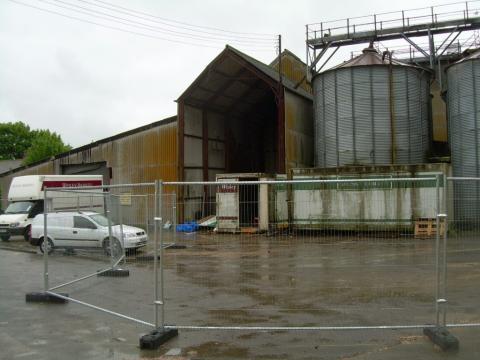Sustainable Development & Levelling Up among ideas considered in Brownfield First
There has been a dramatic drop in new residential projects on land that had already been developed, from 40% in 2014, to just 20% in 2018.
EIC argues in their recent launch that brownfield development can help meet ambitions around levelling up, but in order to do so further planning reforms, as well as new tax reliefs and development incentives, are required.
The proposals in the report for the greenfield surcharge, which would be added to the infrastructure levy proposed in recent planning changes, would see the funds earmarked by local authorities for infrastructure spending to help mitigate the higher development costs often associated with brownfield.
Commenting on Brownfield First, Matthew Farrow, director of policy at EIC, says: “Our analysis shows that developers are making significantly less use of brownfield, yet there is huge potential for it to deliver ambitions around levelling up. Not only can it help find the space for 300,000 homes a year, but it can also funnel new investment to those traditionally underfunded post-industrial towns, cities and communities.
“Our practical, common-sense proposal around a greenfield surcharge would revitalise brownfield development, help to deliver homes, and ensure that we are making the most of this chronically underused asset.”
Additionally the report seeks improvements to the economic viability of marginal brownfield projects by increasing land remediation tax relief on sites with fewer than 25 units, and to update the definition of derelict land to incorporate all sites that have been abandoned for more than a decade.
Finally, it argues that new funding earmarked for levelling-up, either through the new National Infrastructure Bank or the Levelling Up Fund, should specifically favour brownfield proposals over greenfield.
